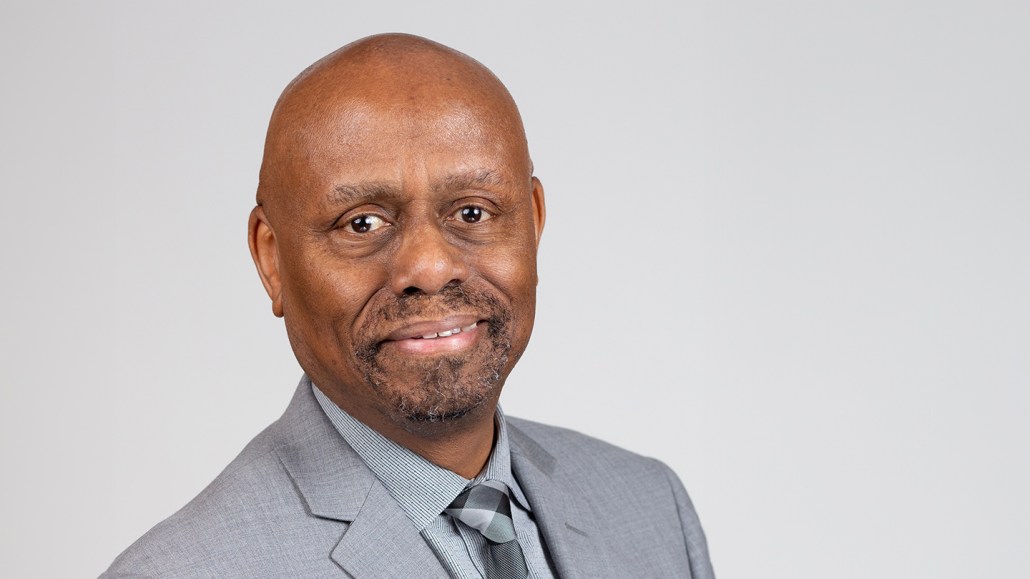Physicist Sekazi Mtingwa considers himself an apostle of science
The leading accelerator physicist is a mentor, activist, policy expert and humanitarian

Sekazi Mtingwa was one of two key developers of the theory of intrabeam scattering, which has been applied in the building and operation of particle accelerators across the world.
NSF